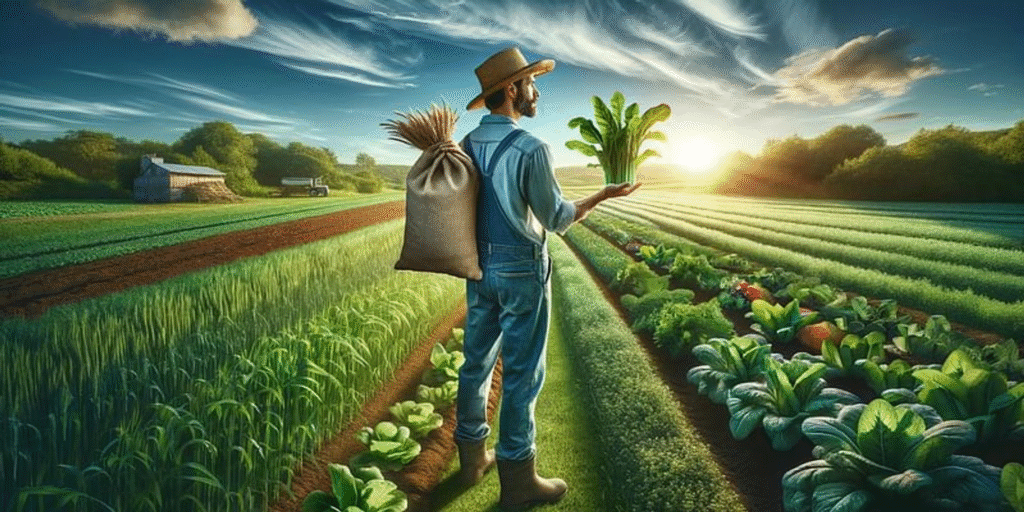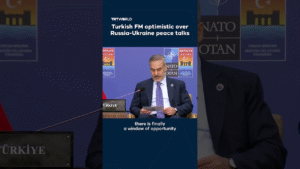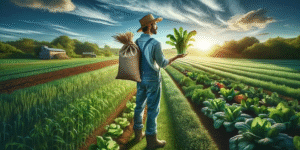Feeding the Future: Sustainable Food Solutions for a Growing Population
The global population continues its inexorable rise, placing unprecedented strain on existing food production systems. Traditional agricultural practices, while crucial, face increasing challenges from climate change, resource depletion, and environmental degradation. To ensure food security for all, a paradigm shift is needed, one that embraces innovative approaches and sustainable solutions. This essay will investigate the potential of cutting-edge food production methods, such as lab-grown meat and vertical farming, in addressing the complex challenge of feeding a growing population while minimizing environmental impact.

The Pressures on Traditional Agriculture
Conventional agriculture, which has sustained humanity for millennia, is now confronted with a confluence of pressures. Climate change is causing more frequent and intense extreme weather events, disrupting crop yields and livestock production. Water scarcity, exacerbated by inefficient irrigation practices and increasing demand, threatens agricultural productivity in many regions. Furthermore, the expansion of agricultural land often comes at the expense of natural ecosystems, leading to deforestation, biodiversity loss, and soil degradation. The reliance on synthetic fertilizers and pesticides also contributes to environmental pollution and raises concerns about long-term sustainability.
Cultured Meat: A Sustainable Protein Source
Lab-grown meat, also known as cultured or cell-based meat, offers a potentially transformative solution to the environmental and ethical concerns associated with traditional animal agriculture. This technology involves cultivating animal muscle cells in a controlled laboratory setting, eliminating the need for raising and slaughtering livestock. The potential benefits are significant: a drastic reduction in greenhouse gas emissions, a substantial decrease in land and water usage, and the elimination of animal welfare concerns. While still in its early stages, cultured meat holds the promise of providing a sustainable and scalable source of protein to meet the growing global demand.
Vertical Farming: Cultivating Food in Urban Spaces
Vertical farming presents another innovative approach to food production, particularly in densely populated urban areas. This method involves growing crops in stacked layers within controlled indoor environments, using techniques such as hydroponics, aquaponics, or aeroponics. Vertical farms offer several advantages: significantly higher yields per unit area compared to traditional agriculture, reduced water consumption, the elimination of pesticides and herbicides, and the ability to grow crops year-round, regardless of external weather conditions. By bringing food production closer to consumers, vertical farming can also reduce transportation costs and associated emissions, enhancing food security and resilience in urban centers.
Integrating Innovation for a Sustainable Food System
While both lab-grown meat and vertical farming hold immense potential, they are not mutually exclusive solutions. A sustainable food system for the future will likely involve a combination of innovative approaches, integrated with improved traditional agricultural practices. For instance, precision agriculture, which uses technology to optimize resource use and minimize environmental impact, can enhance the sustainability of conventional farming. Similarly, diversifying our diets to include more plant-based protein sources and reducing food waste are crucial components of a holistic strategy.
Challenges and Opportunities
The widespread adoption of innovative food production technologies faces several challenges. Cultured meat production needs to become more cost-effective and scalable to compete with traditional meat. Vertical farming requires significant upfront investment and energy consumption, although advancements in renewable energy can mitigate this. Consumer acceptance is also a key factor, as people may be hesitant to embrace foods produced through unconventional methods. However, these challenges also present opportunities for innovation, research, and policy development.
Conclusion: Towards a Food-Secure and Sustainable Future
The future of food security hinges on our ability to transition towards a more sustainable and resilient food system. Innovative approaches like lab-grown meat and vertical farming offer promising pathways to decouple food production from its heavy environmental footprint. By embracing these technologies, alongside improvements in traditional agriculture and dietary shifts, we can strive to feed a growing global population while safeguarding the planet’s resources for generations to come. The journey towards a food-secure future requires a concerted effort from scientists, policymakers, entrepreneurs, and consumers, working together to cultivate a world where everyone has access to nutritious and sustainable food.











